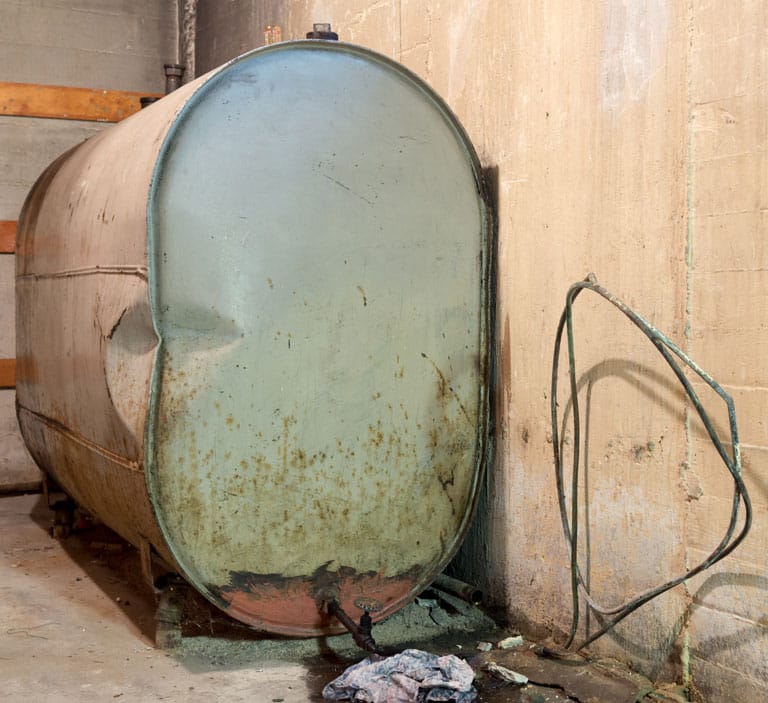The hum of a furnace on a cold evening is a source of comfort for many homeowners. Often, the oil tank – which is the unspoken key to that warmth is overlooked until a issue arises. But proactive maintenance, including replacing the oil tank is vital to the safety of your home and its efficiency. We’ll guide you through the costs for replacing the oil tank, and then make a shrewd decision regarding this investment in your home.
The significance of maintaining oil tanks Avoidance is the key to success
Many homeowners do not realize the importance of the oil tank’s service. Tanks for oil are crucial to the infrastructure of your home. As responsible property owners making sure that your heating system as well as the oil storage container work properly and in a safe manner is vital. An oil leak that seems small now could be an environmental and financial cost in the future.

Understanding Average Costs: A 275 Gallon Case Study
When you are budgeting your home maintenance tasks, knowledge is power. Let’s take a closer examine the average price of replacing an oil tank that is 275 gals which is the most common size used for heating systems in homes. In states such as Massachusetts, New Hampshire, Rhode Island, and Connecticut, the typical cost falls approximately $3,600. Be aware that the cost quoted is based on a simple replacement in a basement, or outside with no accessibility problems. For more information, click Oil tank replacement cost near me
Beyond the Price Tag The Reasons for Oil Tank Repair is a good investment
While the expense of changing your oil tank could appear expensive at first, you should consider it an investment in your home’s security and safety in the long-term. Here’s why:
Safety First: Oil tanks which are older can leak and can cause burning. They can also lead to environmental contamination. This danger is avoided through the replacement of your tank, which gives your family and you peace of mind.
Tanks that have been in use for a long time may lose efficiency with time and require frequent oil deliveries to keep warm. The newer tanks are more efficient, which could decrease your heating expenses in the long run.
Peace of mind for years to Come: A brand new oil tank will provide years of reliable service, eliminating any worries of breakdowns that are unexpected or leaks during harsh winter months.
Oil Tank Replacement Costs: What is the main factor that influences the cost?
A 275-gallon replacement tank costs around $3,600. This is a great starting point. A variety of factors could affect the final price:
Tank Size The cost for replacing larger tanks is greater than smaller tanks.
Location of Tank: Removing a buried tank and replacing it is typically more costly than doing it in a basement or crawlspace that is easy to access.
If you have an area that is difficult to access because of surrounding structures or an area that is tight the cost of labor will be higher.
The correct disposal of an old tank may lead to extra charges.
Make a plan for the future of your home Planning to replace the oil tank
Tanks of oil can last between 15 and 30 years dependent on a range of factors. When you know the approximate age, you can prepare for a replacement tank before issues arise. Get a professional to examine your tank to determine a more accurate estimation of the replacement.
Investing in your home’s safety and long-term sustainability
Oil tanks are not just meant to provide warmth and comfort, but they are also a good investment for the environment. Older tanks may leak, contaminating soil and groundwater. Modern oil tanks comply with stricter environmental guidelines, which assures a responsible storage of oil while minimizing environmental damage.
Power is knowledge: How to control your home’s well-being
Understanding the cost of replacing your oil tank will assist you in making educated maintenance decisions regarding your home. You can ensure that your heating system is safe, environmentally-friendly, and reliable for a long time by putting a priority on an early replacement. Be prepared to be caught off guard when you encounter an oil tank issue during winter. You’ll have peace of mind and be cozy through planning and budgeting for this essential home maintenance job.